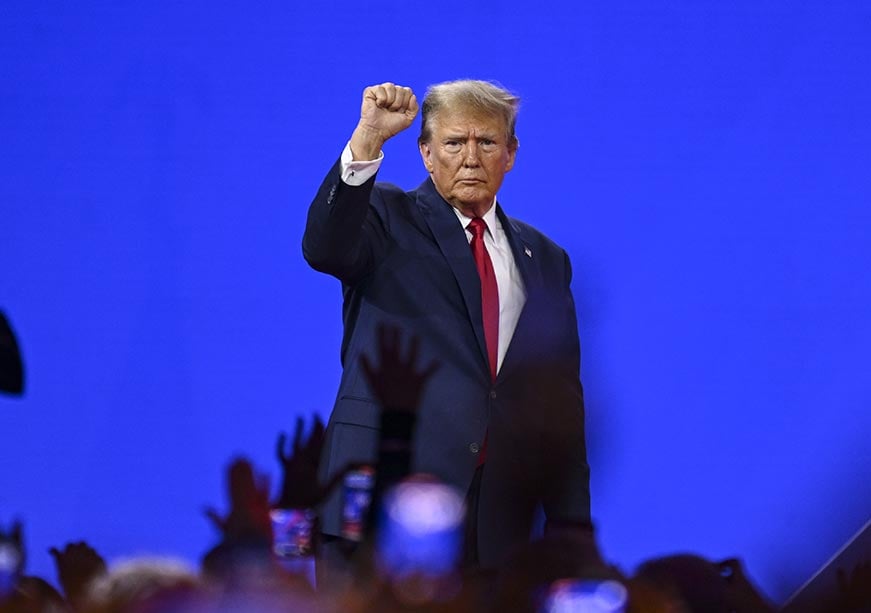President Trump has significantly intensified restrictions on steel and aluminum imports, doubling the existing tariffs from 25% to 50% under Section 232 of the Trade Expansion Act, citing national security concerns.
Moreover, on August 15, 2025, the U.S. Commerce Department expanded the tariff list by adding 407 derivative product categories, including items such as wind turbines, elevators, railcars, mobile cranes, furniture, pumps, and compressors, all now subject to 50% duties based on their steel or aluminum components.
Strategic Implications & Market Impact
- Production Shift Goals: The administration views tariffs as a mechanism to revive domestic steel and aluminum industries by blocking cost-cut foreign imports.
- Rising Costs for American Industry: Analysts warn that these higher tariffs will push up prices across multiple sectors—construction, automotive, aerospace, appliances, canned beverages, and defense—all of which rely on steel and aluminum.
- Legal Foundations Secure: These measures are implemented under the legally established Section 232, thus sidestepping recent legal pushback that has targeted tariffs introduced under emergency powers like IEEPA.
Quick At-a-Glance Summary
| Element | Details |
|---|---|
| Tariff Increase | Steel & aluminum tariffs doubled to 50% |
| New Covered Items | 407 additional products added under tariff rules |
| Policy Justification | Framed as essential for national security and supporting domestic industry |
| Industry Risk | Higher input costs expected in construction, manufacturing, aviation, etc. |
| Legal Stability | Grounded in Section 232; not affected by IEEPA legal challenges |
Why This Matters
This aggressive tariff escalation marks a deepening of Trump’s protectionist trade posture. While beneficial to domestic metal producers, it raises alarm across sectors that rely on these raw materials. Beyond economic effects, it signals sustained geopolitical friction—setting the stage for trade tension across multiple fronts.



